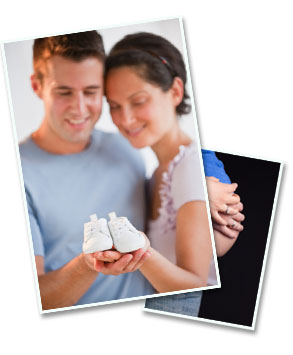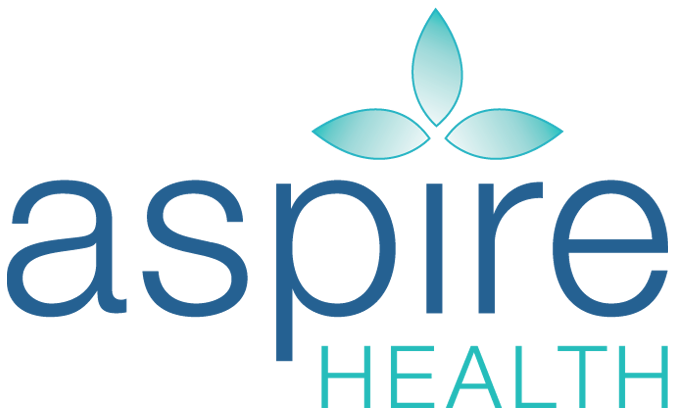
Most of the acupuncture studies focus on female fertility, however some research has suggested its usefulness for male fertility concerns.
Arch Androl. 1997 Sep-Oct;39(2):155-61.
Effect of acupuncture on sperm parameters of males suffering from subfertility related to low sperm quality.
Siterman S, Eltes F, Wolfson V, Zabludovsky N, Bartoov B.
Institute of Chinese Medicine, Tel Aviv, Israel.
Abstract
OBJECTIVE: The aim of this prospective controlled study was to assess the effect of acupuncture on the sperm quality of males suffering from subfertility related to sperm impairment.
METHODS: Semen samples of 16 acupuncture-treated subfertile patients were analyzed before and 1 month after treatment (twice a week for 5 weeks). In parallel, semen samples of 16 control untreated subfertile males were examined. Two specimens were taken from the control group at an interval of 2-8 months. The expanded semen analysis included routine and ultramorphological observations.
RESULTS: The fertility index increased significantly (p < or = .05) following improvement in total functional sperm fraction, percentage of viability, total motile spermatozoa per ejaculate, and integrity of the axonema (p < or = .05), which occurred upon treatment. The intactness of axonema and sperm motility were highly correlated (corr. = .50, p < or = .05).
CONLCUSIONS: Thus, patients exhibiting a low fertility potential due to reduced sperm activity may benefit from acupuncture treatment.
PMID: 9272232 [PubMed – indexed for MEDLINE]
Andrologia. 2000 Jan;32(1):31-9.
Does acupuncture treatment affect sperm density in males with very low sperm count? A pilot study.
Siterman S, Eltes F, Wolfson V, Lederman H, Bartoov B.
Institute of Chinese Medicine, Tel Aviv, Israel.
Abstract
OBJECTIVE: Classic therapies are usually ineffective in the treatment of patients with very poor sperm density. The aim of this study was to determine the effect of acupuncture on these males.
METHODS: Semen samples of 20 patients with a history of azoospermia were examined by light microscope (LM) and scanning electron microscope (SEM), with which a microsearch for spermatozoa was carried out. These examinations were performed before and 1 month after acupuncture treatment and revealed that the study group originally contained three severely oligoteratoasthenozoospermic (OTA), two pseudoazoospermic and 15 azoospermic patients. The control group was comprised of 20 untreated males who underwent two semen examinations within a period of 2-4 months and had initial andrological profiles similar to those of the experimental group. No changes in any of the parameters examined were observed in the control group.
RESULTS: There was a marked but not significant improvement in the sperm counts of severely OTA males following acupuncture treatment (average = 0.7 +/- 1.1 x 10(6) spermatozoa per ejaculate before treatment vs. 4.3 +/- 3.2 x 10(6) spermatozoa per ejaculate after treatment). A definite increase in sperm count was detected in the ejaculates of 10 (67%) of the 15 azoospermic patients. Seven of these males exhibited post-treatment spermatozoa that were detected even by LM. The sperm production of these seven males increased significantly, from 0 to an average of 1.5 +/- 2.4 x 10(6) spermatozoa per ejaculate (Z = -2.8, P < or = 0.01). Males with genital tract inflammation exhibited the most remarkable improvement in sperm density (on average from 0.3 +/- 0.6 x 10(6) spermatozoa per ejaculate to 3.3 +/- 3.2 x 10(6) spermatozoa per ejaculate; Z = -2.4, P < or = 0.02). Two pregnancies were achieved by the IVF-ICSI procedure.
CONCLUSIONS: It is concluded that acupuncture may be a useful, nontraumatic treatment for males with very poor sperm density, especially those with a history of genital tract inflammation.
PMID: 10702864 [PubMed – indexed for MEDLINE]
